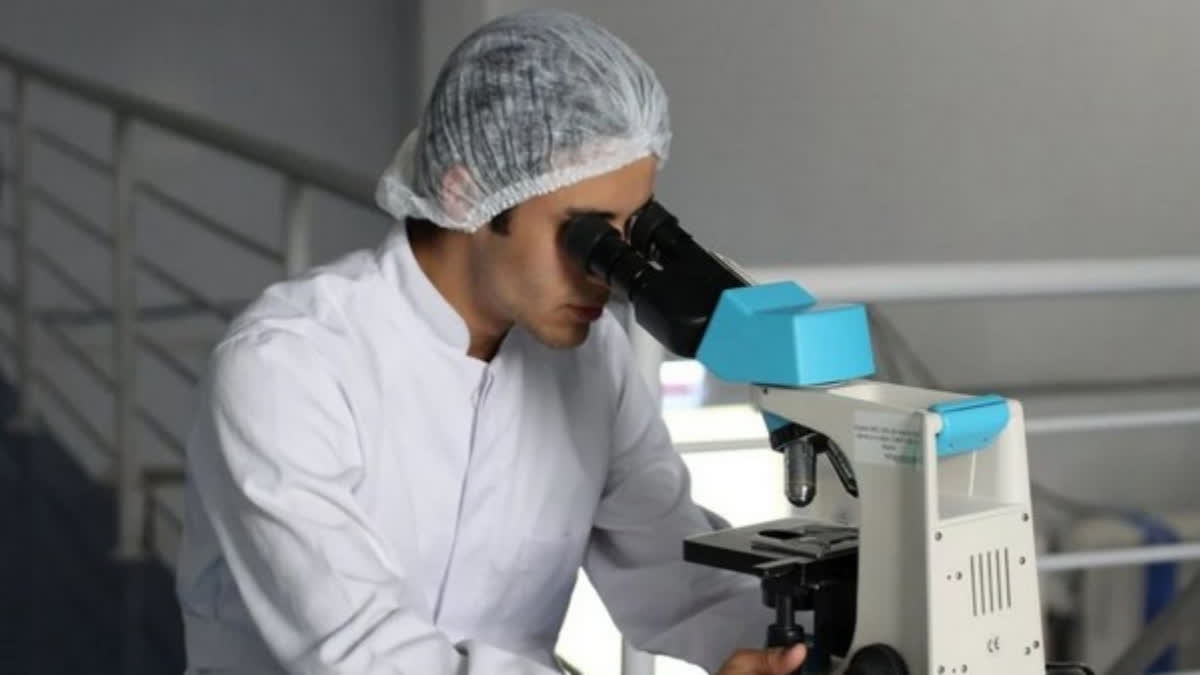Washington [US]: The most prevalent form of blood cancer in Singapore and the world, diffuse large B cell lymphoma (DLBCL), has been linked to an unusual combination of oncogenes that may predict treatment resistance and consequently unfavourable outcomes in patients. This research was conducted by a team from the Cancer Science Institute of Singapore (CSI Singapore) at the National University of Singapore (NUS), led by Assistant Professor Anand Jeyasekharan. The findings of the study were published in Cancer Discovery, the flagship journal of the American Association of Cancer Research (AACR).
With the aid of cutting-edge technologies, this particular oncogenic combination can be identified as a sign of treatment resistance. In order to enable the use of this oncogene indicator in routine clinical practise, the researchers took it a step further and created a straightforward mathematical formula that can forecast the percentage of cells with this particular unfavourable combination from data obtained through established diagnostic methods.
Oncogenes play a crucial role in cancer development by directing the production of “bad” oncoproteins that promote the growth and survival of cancer, while influencing treatment outcomes. However, cancers frequently express multiple such oncogenes, and not all cancer cells express every oncogene. As oncogenes are typically studied one at a time, very little is known about how the “co-existence” of oncogenes in subsets of cancer cells impacts the survival of cancer patients.
To fill this gap in knowledge, the research team set out to determine whether, and how, oncogenes work together to resist treatment, and they studied the phenomenon in the setting of DLBCL. Current clinical practice routinely employs immunohistochemistry to measure the three specific oncogenes – MYC, BCL2, and BCL6 – to identify high-risk cases of DLBCL.
